Butterflies around us
Session by biodiversity expert Dharmaraj Patil
Recently, Brown Leaf, Organic Gardening Group and Jividha, 3 initiatives in Pune, jointly organized session on butterflies.


Why this session? What is the connection between dry leaves, gardening and butterflies?
We in the city, strive to create a green patch amidst all the concrete jungle. This green patch could be a garden around the residence, a terrace garden, a balcony garden or even 2-3 plants on the window-pane. Size does not matter. Small or big, this green patch is our place that provides solace, makes us forget all the worries and problems in the world.
However, this green patch plays a much bigger role than we can imagine. It creates corridor for wildlife. Oh, don’t worry, I am not saying there is a leopard hiding somewhere in your garden 😊 But, how about the butterfly? Yes, even that is wildlife. And birds? Yes, that too.
In this blog, we will discuss the information provided by Dharmaraj Patil in his session, his tips about how we can create a habitat for butterflies in our gardens/ terrace gardens and how we can contribute towards conservation of these winged friends.
A bit of a history
Butterflies are insects. Butterflies were here, on this earth, much before us. Any idea, how much?
Well, this is butterfly fossil, around 4-5 crore years old.
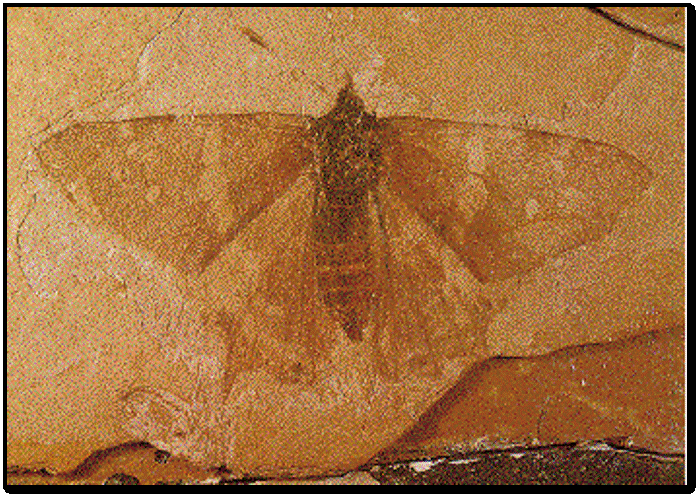
Butterfly is also found in an ancient Egyptian sculpture of 550 BC.
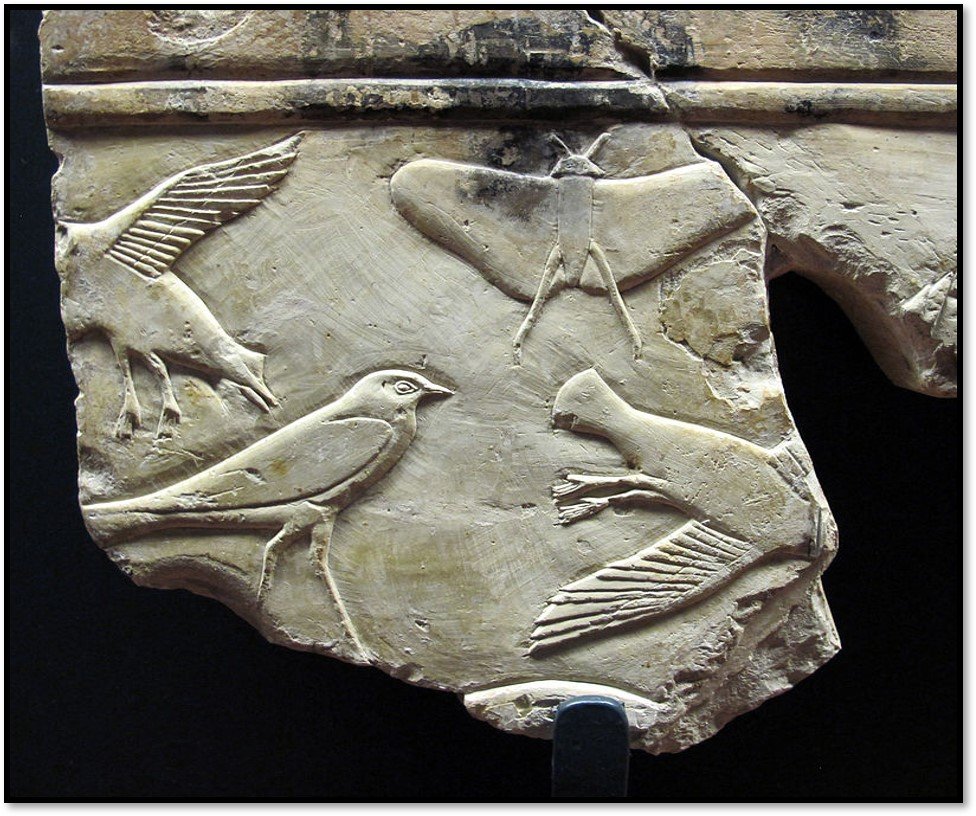

Parts of butterfly
Butterflies have various colors and patterns. Do you know, even the inside and outside wing of the same butterfly is different? Oh, yes, talk about diversity, huh 😊
Here is the open-wing and close-wing photo of Lime butterfly.
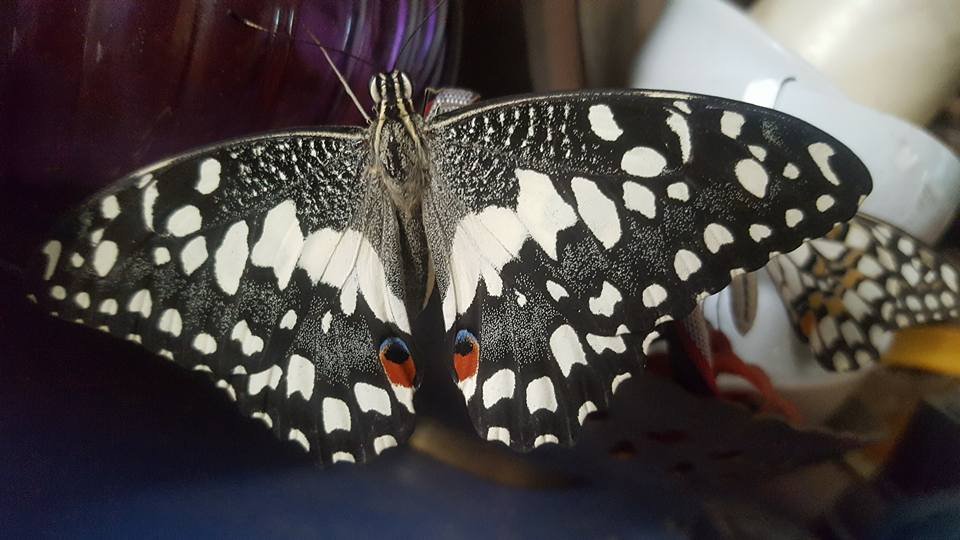
Open wing- Lime Butterfly
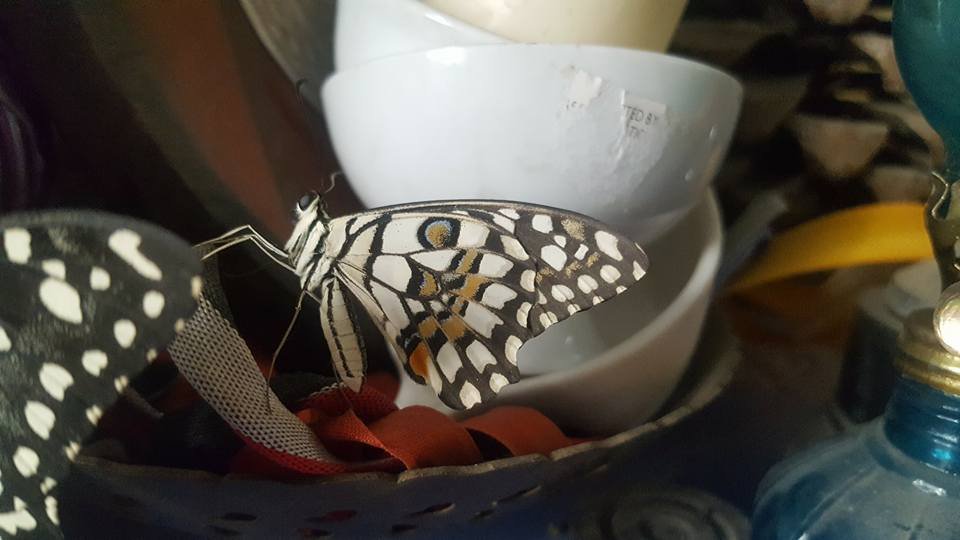
Close-wing of Lime butterfly
Role of butterflies
Butterflies are a vital part of the ecosystem. They are part of food chain. Birds, large insects, mammals and lower reptiles prey on them.
Butterflies help in pollination.
They provide biological pest control. E.g. Some species of butterflies feed on aphids and help control them.
Butterfly lifecycle
We see a dog and puppy, cat and kitten, bird and chic. Have you ever seen a baby butterfly? Think hard.. A butterfly, and a baby butterfly flying side by side?
Right, you haven’t. Because there is no baby butterfly 😊 Here is the lifecycle of butterfly,
Butterfly lays eggs -> caterpillar comes out of the egg -> It feeds on leaves and eventually enters pupa stage -> finally butterfly emerges from pupa

Lifecycle of Monarch butterfly
Butterfly does not lay eggs on any random plant. Specific plant species are associated with specific butterfly species. Eggs are laid on the plants which leaves the caterpillar can eat, once it comes out of the egg. These plants are called Larval Host Plants.
Challenges in urban areas
In urban areas, as construction increases, green areas decrease and so does the life dependent on them. Globally, insect population has decreased by around 41%.
What is larval host plant for a butterfly is no longer available? Or is available in less and less quantity? Where would it lay eggs and how its lifecycle would continue?
Here is the photo of a typical urban landscape.
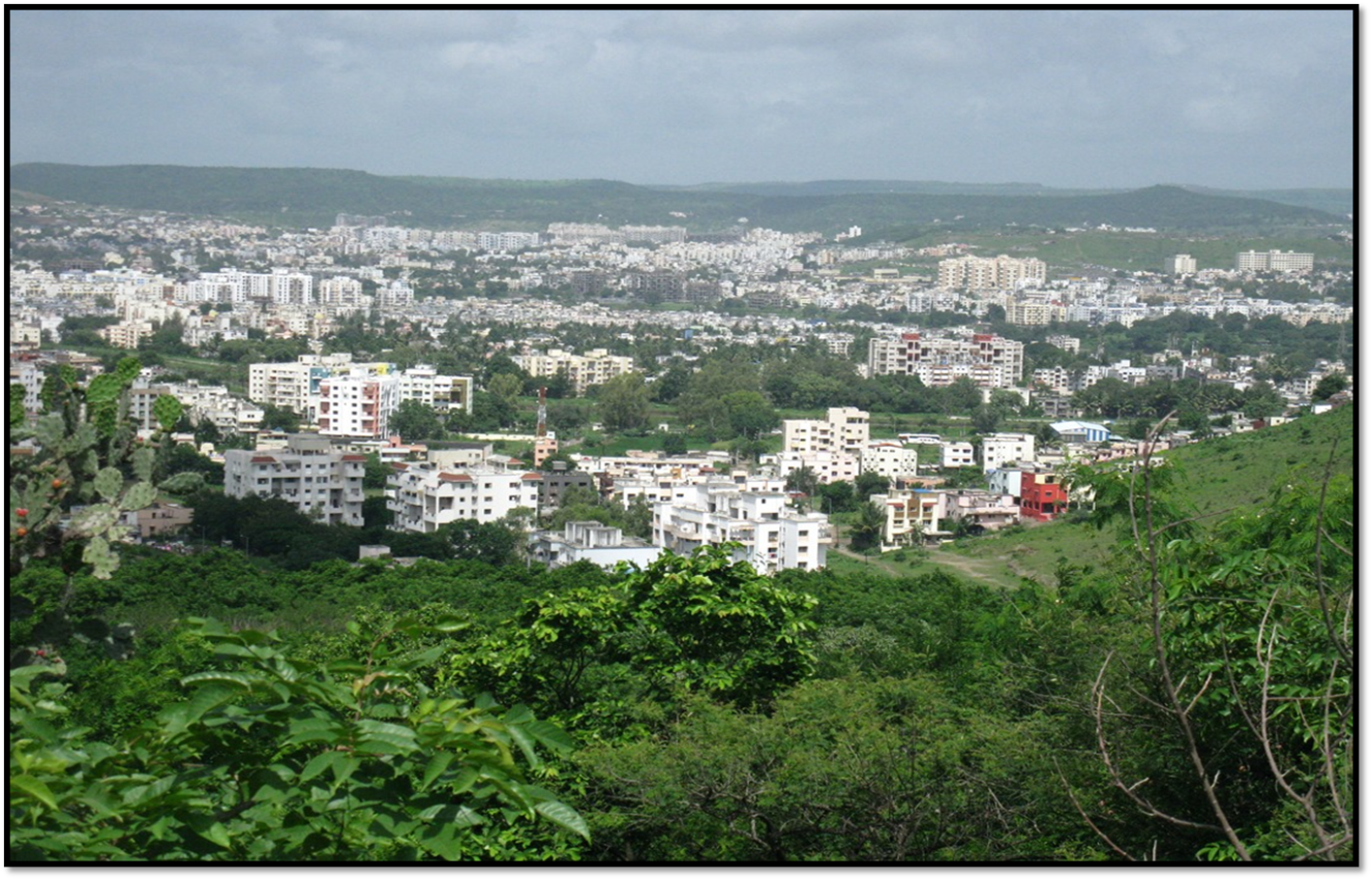
Photo courtesy: Dharmaraj Patil
Photo is taken from a hill, which is rich in biodiversity. Such places are called biodiversity hotspots. What happens when butterfly moves from this area? Where would it find next green area?
Green spaces in the city are greatly fragmented. There are buildings, roads, footpaths. There is no continuous corridor for the movement of the butterfly. (Same is the case with other insects, birds, reptiles and small mammals).
Here is where terrace gardens play a vital role. Let’s discuss how.
What we can do
Imagine, every building in the above photo has a garden?
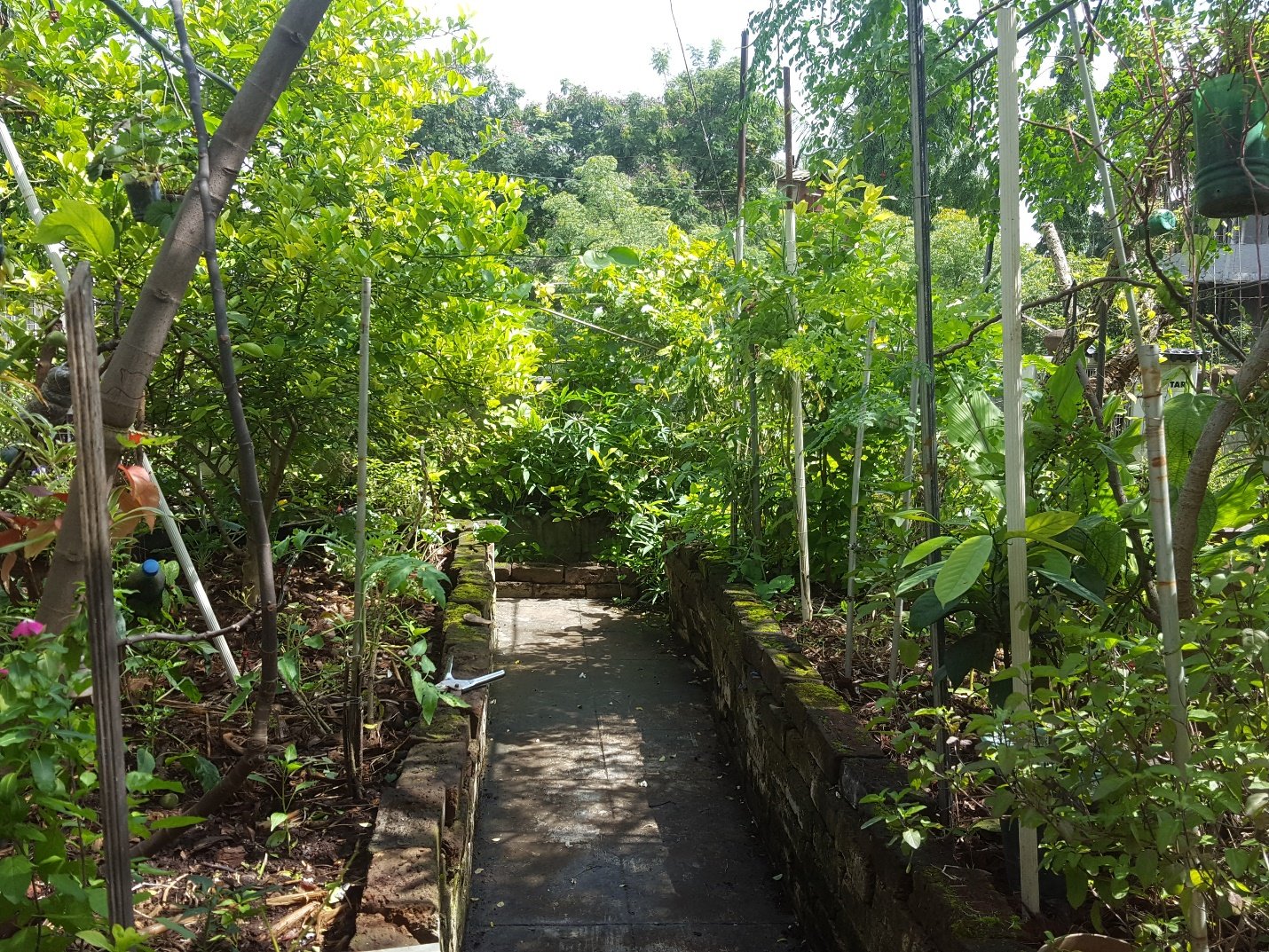
Imagine such gardens, small or big, on top of each building. Courtesy: Suchitra Diwan
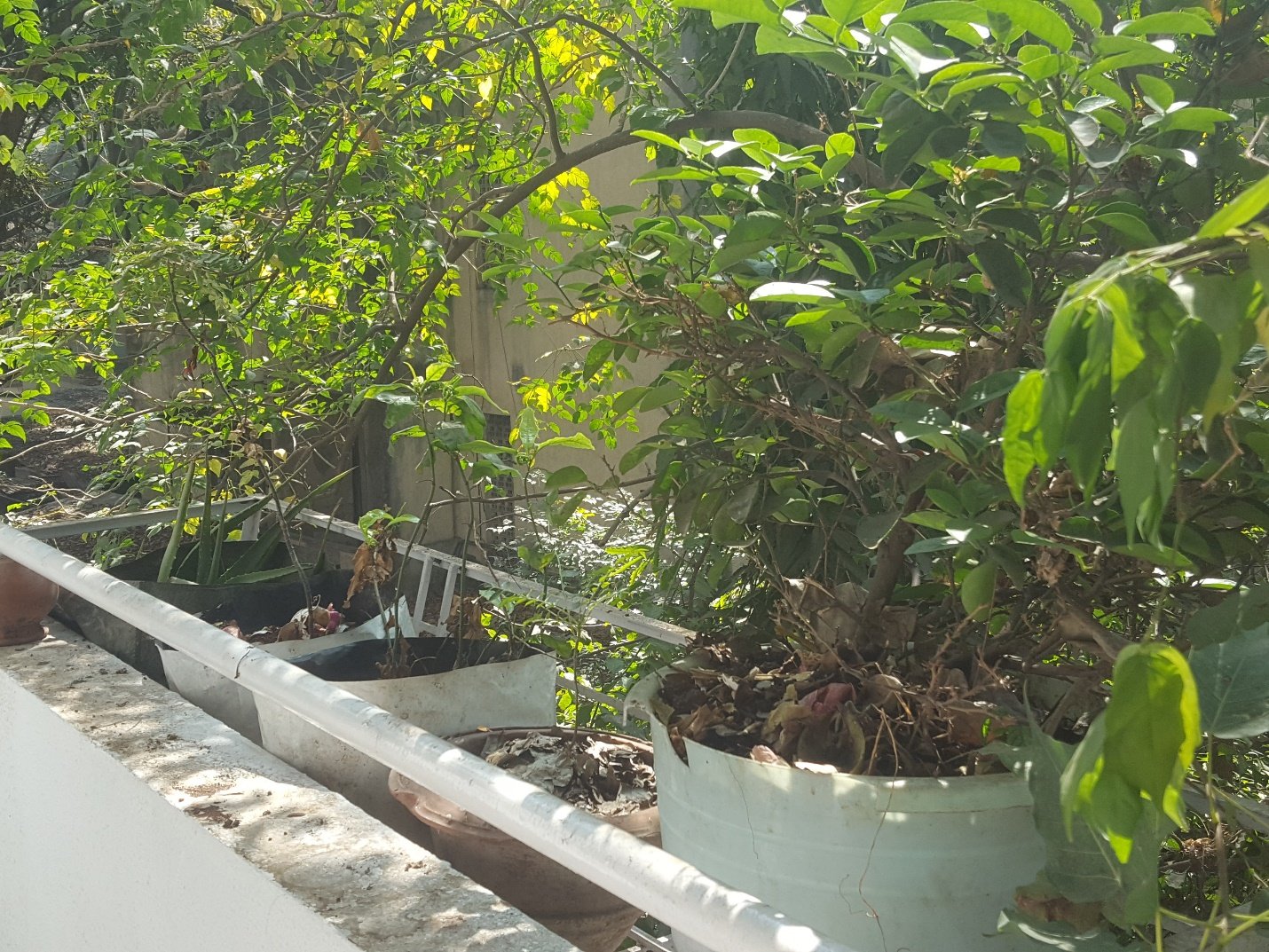
Or some plants in the balcony

Or a few plants on the window pane
Now reimagine this photo,
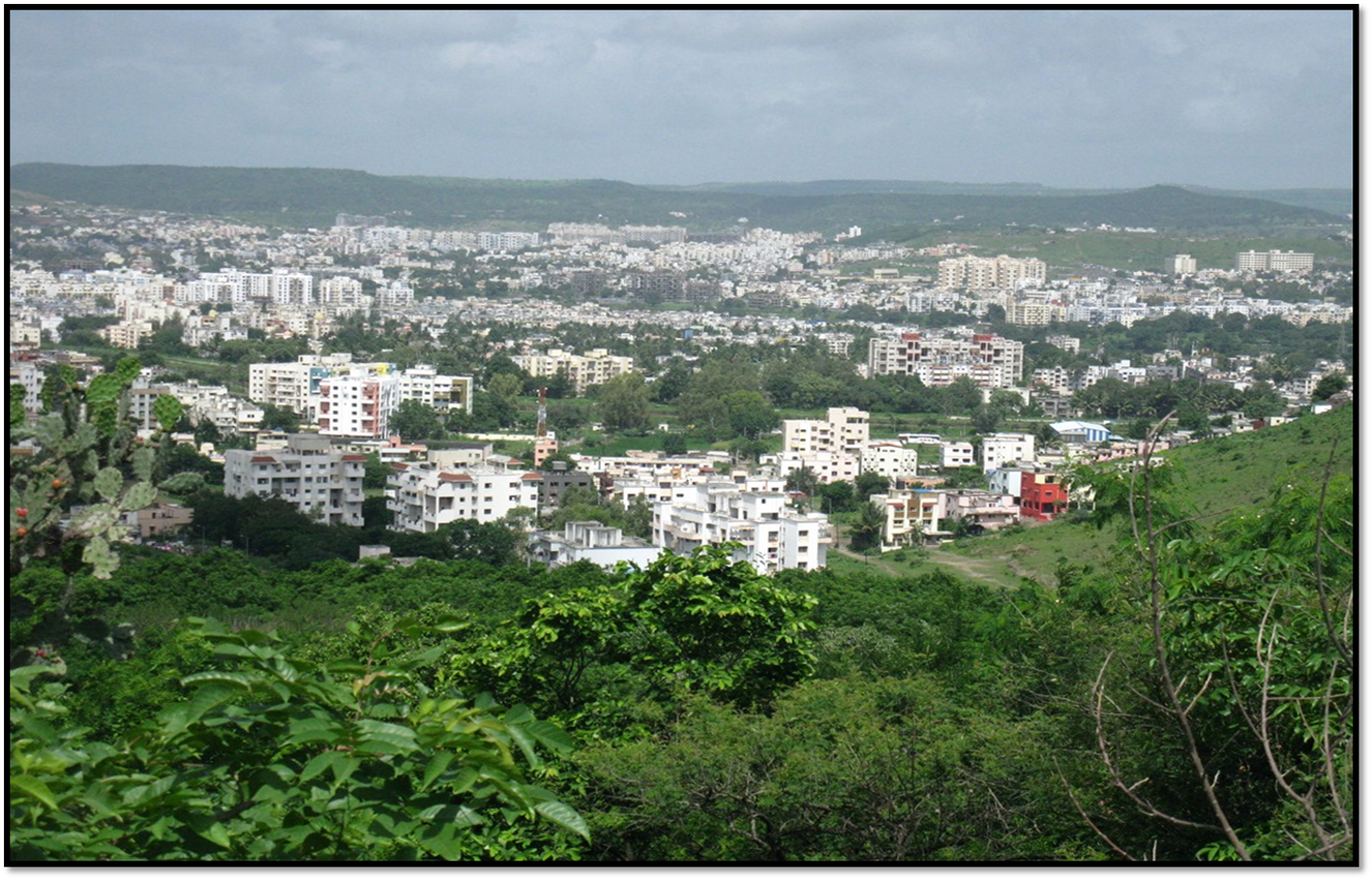
Well, the green space will not be fragmented as it is now, right?
Our green corners will act as stepping stones. They will be connecting links between the two biodiversity hotspots.
Here is the ready list of butterflies and their host plants
| Plant | Butterfly |
| Citrus family- Lemon, curry leaves, Orange, Sweet lime | Lime, Common mormon |
| Mango | Common baron |
| Ziziphus – बोर | Common pierrot |
| Castor | Common castor |
| Pomegranate | Common guava blue |
| Rose | Common hedge blue |
| Aristolochia | Common rose |
| Acasia | Acasia blue |
| Rui, Hibiscus, Kadamb, Kaarvi |
NOTE:
We are in the process of developing a butterfly guide for all. Check it out here, use it, contribute photos it. https://brownleaf.org/butterfly-identifier/
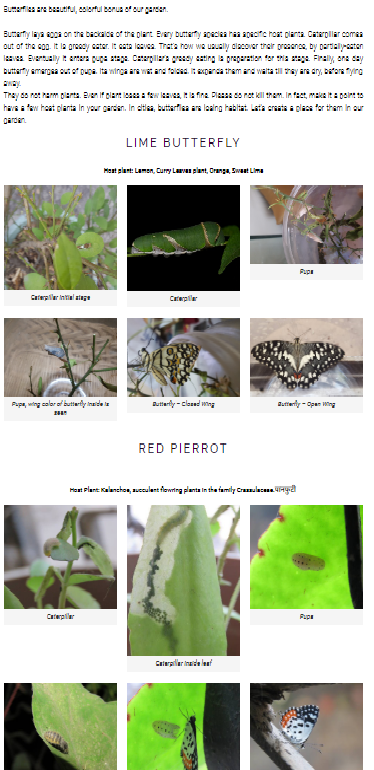
Concluding words
We always discuss of negative impacts we make on this earth. But making a positive impact is not that difficult either.
Our garden digests kitchen waste and dry leaves and helps keep city clean and reduce air pollution. We get fresh, toxic-chemical-free vegetables and prevent chemicals flowing into our water sources.
But that is not all.. Picture is much bigger..
When we decide to have a rose sapling, a hibiscus or a lemon plant, we create habitat for butterflies we provide a stepping stone/ connecting corridor for movement of birds and butterflies. We create such a positive impact on the ecosystem.
So, Let’s make a difference, one plant at a time, what say? 😊


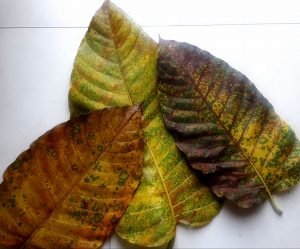
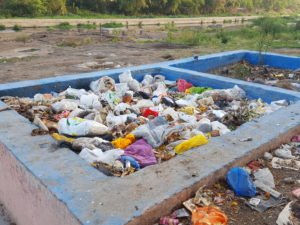
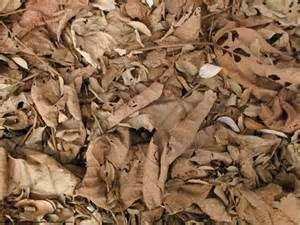
I wish this blog mentioned mud puddling because it was in the talk and that was new info for me. Following were posted on WA.
Mud puddling म्हणून एक घटना असते
फुलपाखरे परत येयला पाहिजे असतील तर आपल्याला माती शिल्लक ठेवली पाहिजे, सगळीकडे फरश्या घालून ठेवल्या तर त्यांना mud puddling करता येत नाही.
Mud puddling मधे क्षार शोषून घेतात. मेटिंग च्या आधी त्यांना क्षार घेण्याची गरज पडते.
Female mud puddling करतात कारण त्यांना survival साठी जास्त गरज पडते
भारतातील सगळ्यात मोठे फुलपाखरू southern butterfly कोकणात दिसते.
बेल,पळस, बहावा, आपटा, प्राजक्त, रुई, लिंबू, बोर ह्या झाडांवर जास्त फुलपाखरे येतात.
Thanks Madhuvanti. Yes, that is an important point and a challenge in urban areas. Soil-capping in urban areas has snatched away an important habitat for butterflies. Thanks for pointing out.